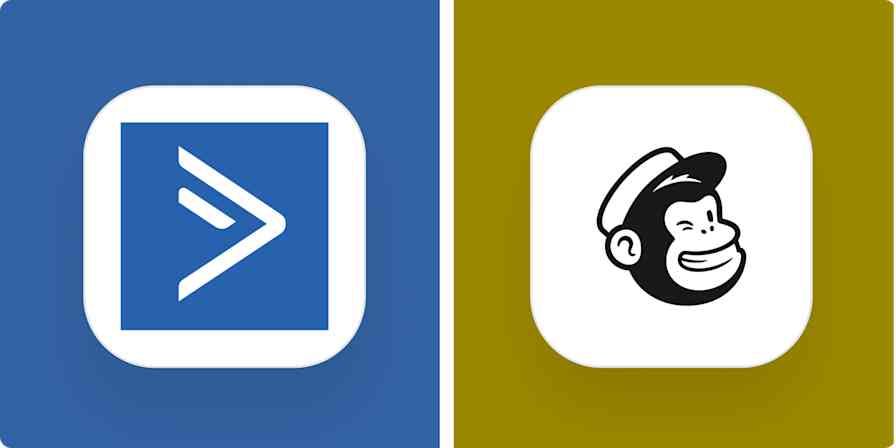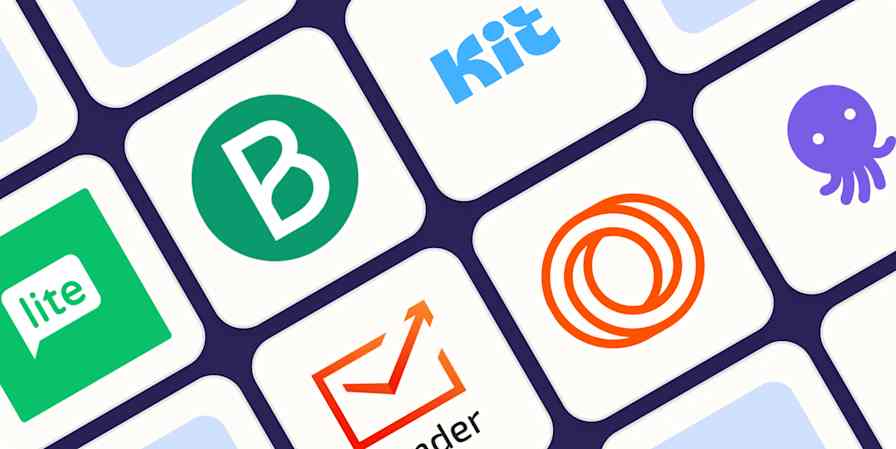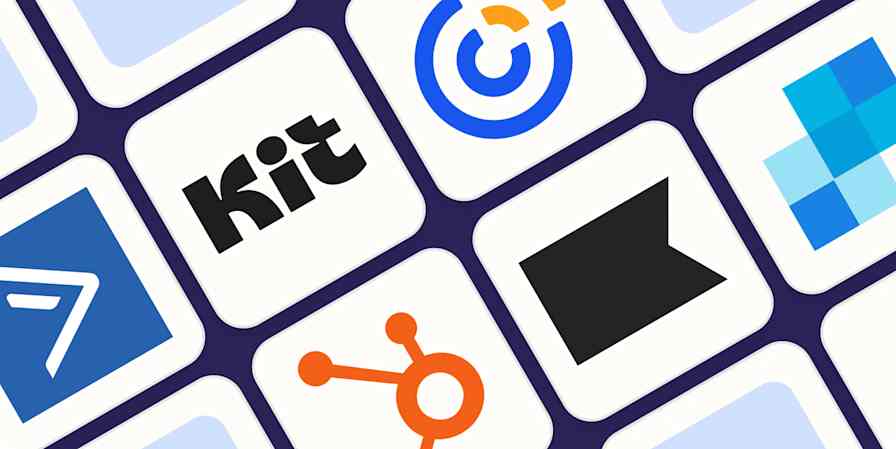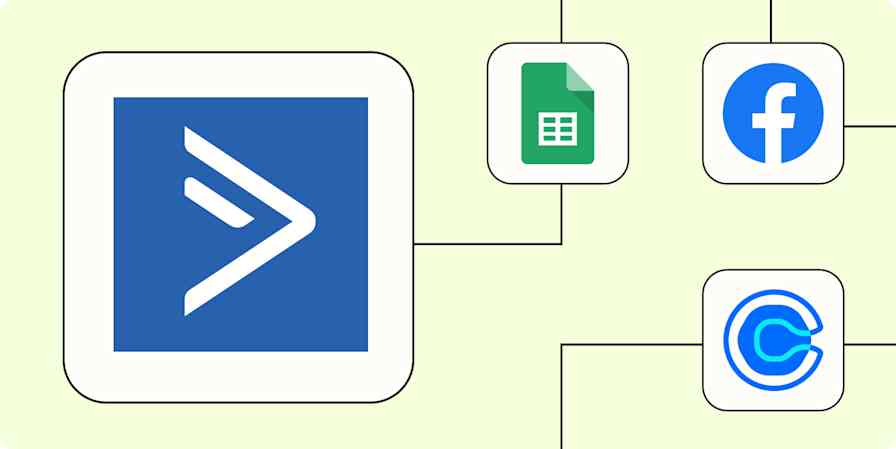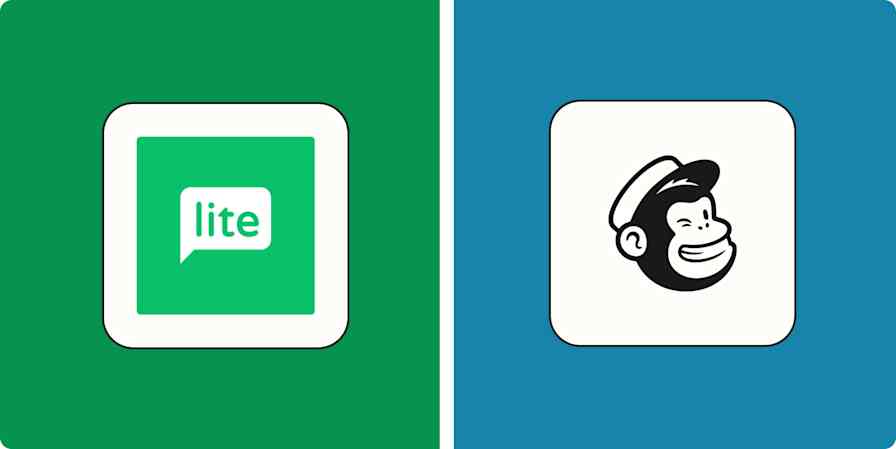Business tips
5 min read4 must-haves for a successful email newsletter
Tips from the founder of an email validation tool
By Liviu Tanase · April 15, 2021
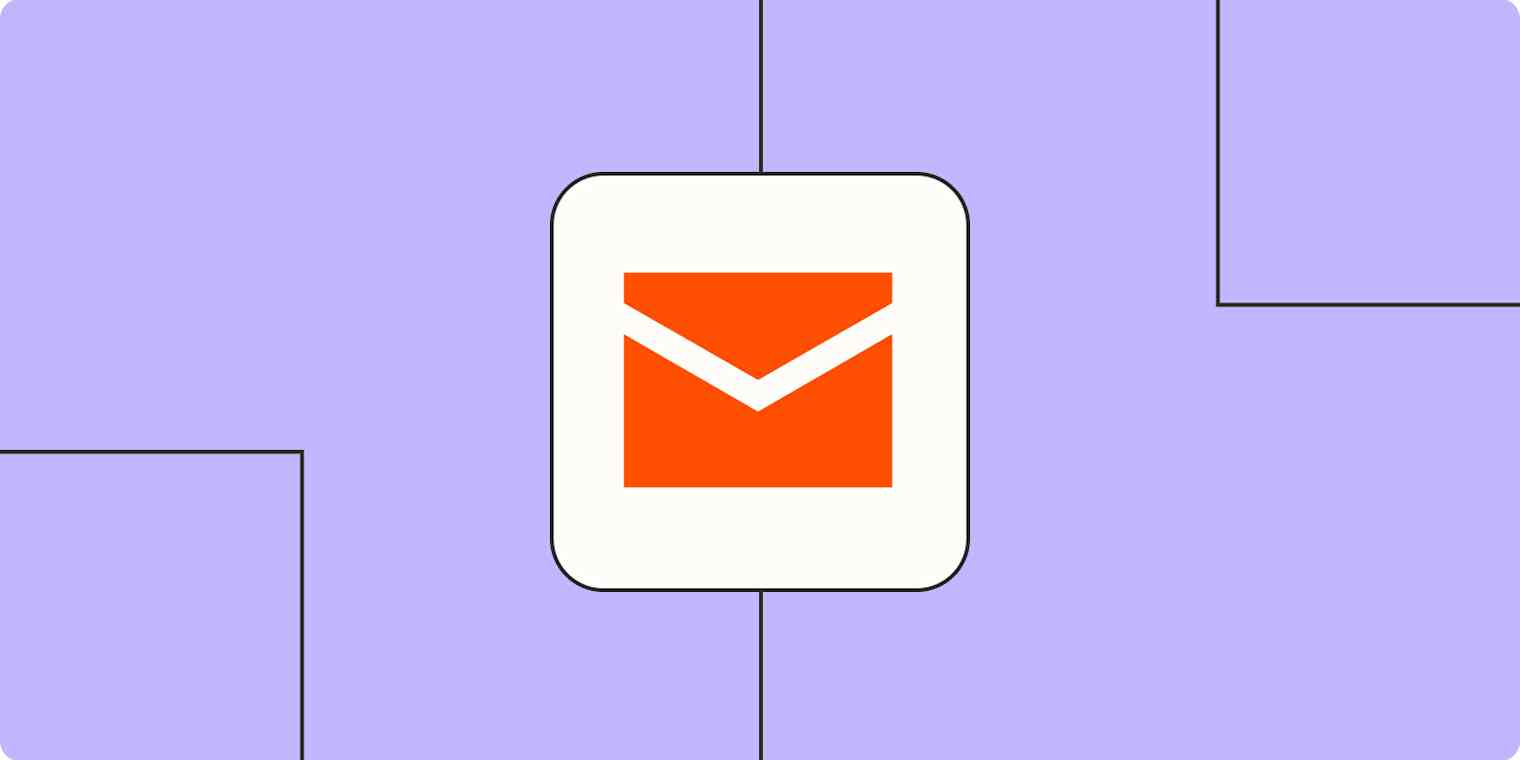
Get productivity tips delivered straight to your inbox
We’ll email you 1-3 times per week—and never share your information.
mentioned apps
Related articles
Improve your productivity automatically. Use Zapier to get your apps working together.


